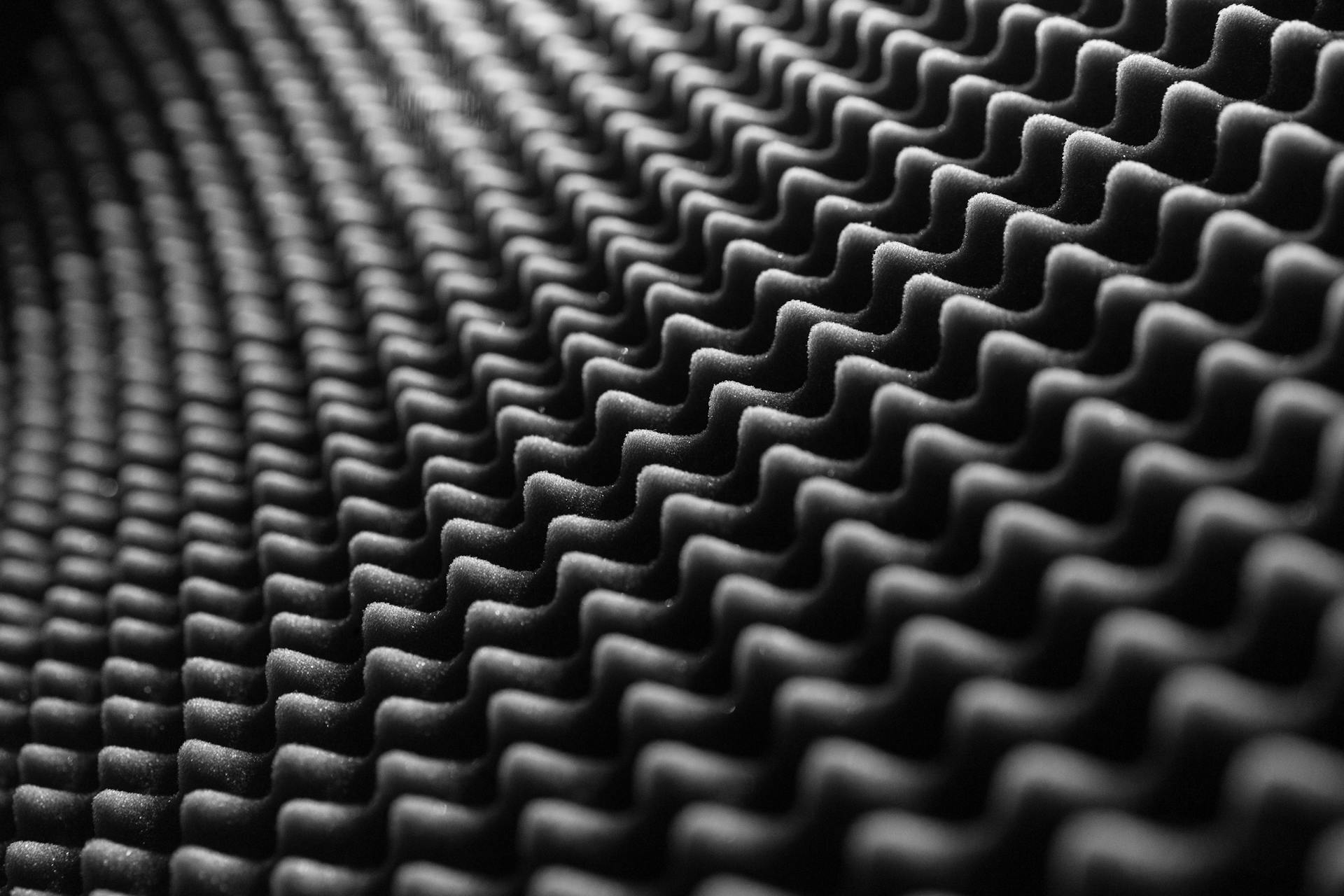
Foam packaging materials are used in a wide range of industries and applications. They provide excellent shock absorption and cushioning, making them ideal for protecting fragile items during shipping and storage.
From electronics to pharmaceuticals, foam packaging is a crucial component in ensuring the safe transportation of goods. For example, foam inserts are used to protect delicate electronic components during shipping.
In the food industry, foam packaging is used to prevent contamination and maintain freshness. Foam containers and cups are also used for serving and storing food.
Foam packaging materials are also used in the automotive and aerospace industries to protect sensitive equipment and components. They provide a lightweight and durable solution for packaging and shipping.
Types of Foam Packaging Materials
Polyethylene foam and polypropylene foam are durable and lightweight foam packaging materials that are commonly used for protective foam packaging.
There are also biodegradable and sustainable foam alternatives available for businesses looking to minimize their environmental impact.
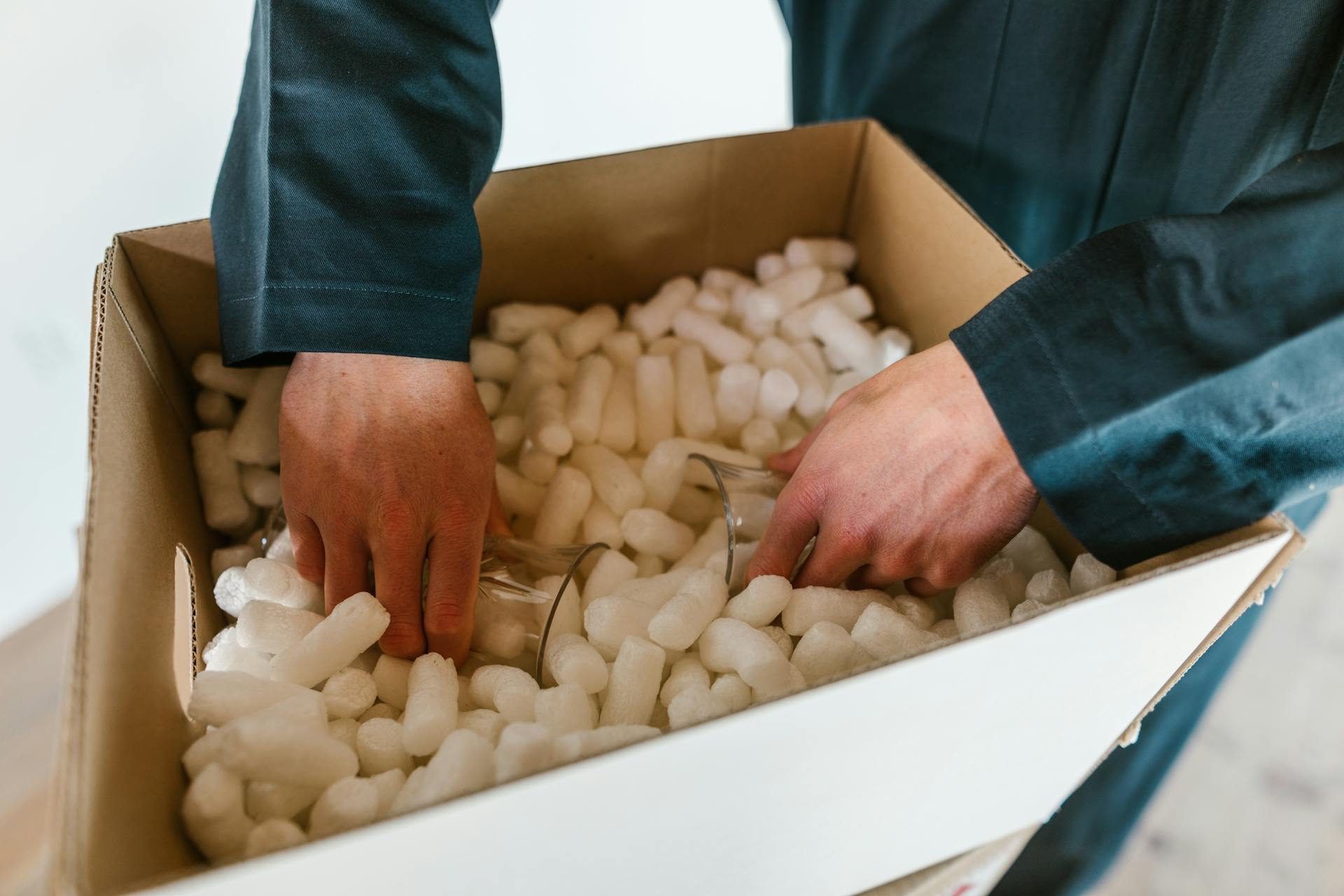
Neoprene foam stands out for its resilience and durability, making it indispensable for securing sensitive instruments, medical devices, and sporting equipment.
Polyethylene foam is a sturdy yet lightweight foam that provides shock absorption capabilities, making it suitable for heavy-duty packaging.
Soft Polyurethane foam, such as Charcoal Foam, is often used for cushioned packaging due to its softer texture.
Anti-static foam is a specialty packing material that is used to protect electronic devices from damage and ESD.
Foam sheets are a great option for interleaving plates, bowls, and cups due to their thin and flexible nature.
Expanded Polystyrene (EPS)
Expanded Polystyrene (EPS) foam is a popular choice for packaging due to its exceptional thermal insulation properties. It's lightweight and cost-effective, making it a top pick for shipping electronics, appliances, and glassware.
EPS foam is also widely used in the food industry to insulate coolers and package perishable items, which is a testament to its ability to maintain temperature stability. Its shock-absorbing qualities make it a reliable option for protecting delicate items during transit.
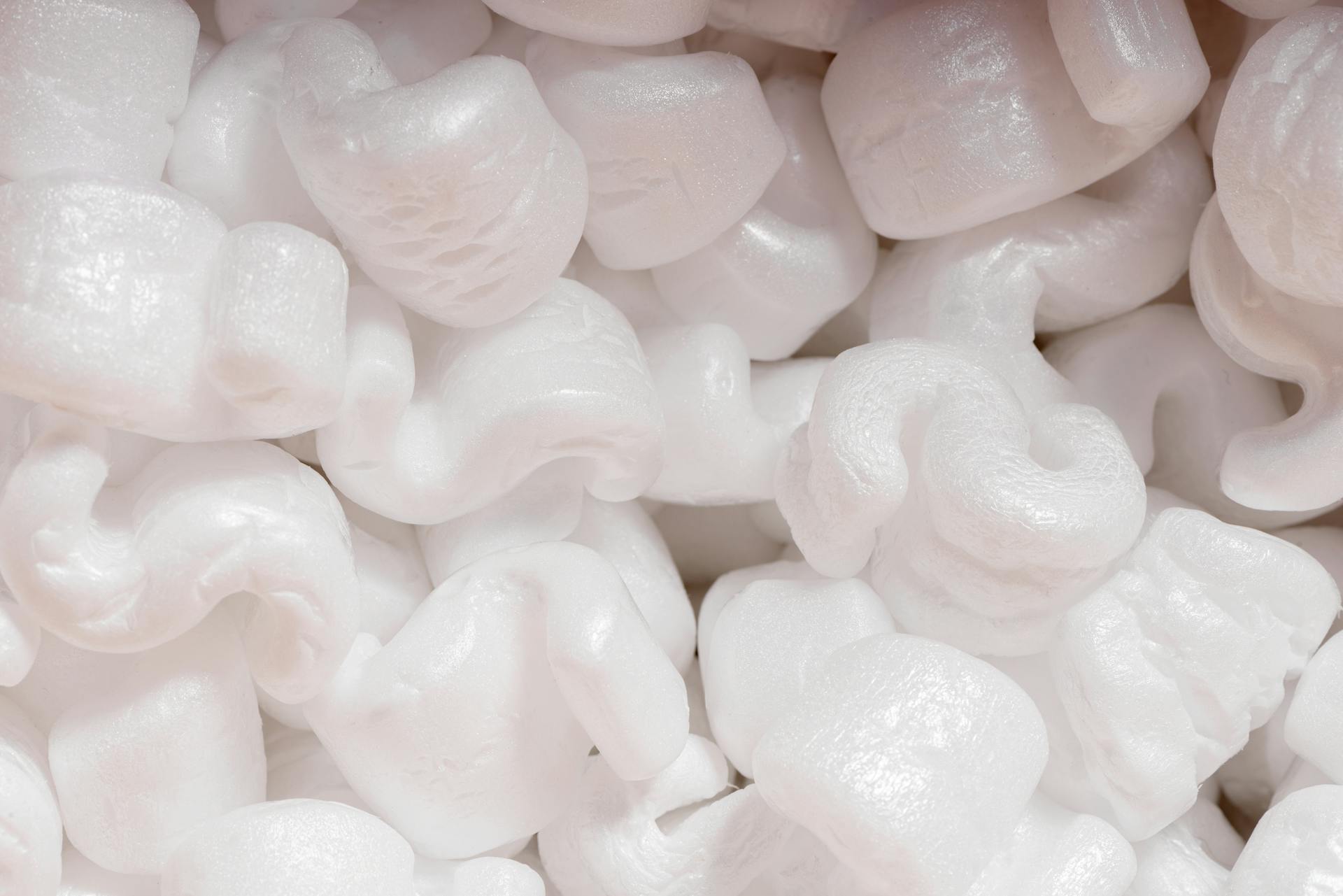
EPS foam is a widely used and cost-effective foam packaging material known for its excellent insulation properties, making it suitable for a variety of cold chain applications. It's commonly used for foam bags packaging and offers reliable protection for pharmaceuticals, vaccines, and food items.
Its distinctive white, bead-like appearance is a characteristic of EPS foam, which is a result of its unique cellular structure. This structure also enables EPS foam to absorb and disperse impact energy, making it an effective shock absorber.
Neoprene
Neoprene is a synthetic rubber that stands out for its exceptional resilience and durability. Its ability to withstand impact makes it indispensable for protecting sensitive instruments and medical devices.
Neoprene foam is particularly notable for its exceptional cushioning and impact resistance. It's like a shock-absorbing superhero for your belongings.
One of the best things about neoprene is that it's unaffected by oils and chemicals. This means it can secure your equipment without worrying about damage from harsh substances.
Neoprene foam adds an extra layer of protection with its unmatched shock-absorbing capabilities. It's like having a safety net for your sensitive gear.
Bio-Based

Bio-Based foams are a game-changer for eco-conscious businesses. They're derived from renewable sources, making them a more environmentally friendly alternative to traditional foams.
These green alternatives offer similar protection to traditional foams, but with a significantly reduced environmental impact. This is a major plus for companies looking to reduce their carbon footprint.
From consumer goods to electronics, packaging trends are favoring bio-based foams. This shift is driven by the need for sustainable and eco-friendly packaging solutions.
Bio-based foams are a great option for businesses looking to reduce waste and minimize their environmental impact.
What Kind is Used?
Polyethylene foam is a sturdy yet lightweight option for heavy-duty packaging, providing shock absorption capabilities to protect heavier parts or equipment from damage.
For more cushioned packaging, softer Polyurethane foam, such as Charcoal Foam, is used to provide extra protection.
Anti-static foam is specifically designed for electronics, helping to prevent damage from static electricity.
Eggcrate foam and Pick and Pull foam are other specialized types of foam used for specific packaging needs.
Expand your knowledge: Anti Static Stretch Wrap
What Makes Up Packing?
Packing foam is a versatile material that comes in many forms and types. Expanded Polystyrene (EPS) is the most commonly seen foam material, known for being cost-effective and durable.
EPS foam is often used in packing sheets and packing peanuts, which are durable and can withstand huge amounts of shocks. This makes them perfect for protecting fragile items during shipping.
Polyurethane (PU) foam is another type of packing material that combines the properties of plastic and rubber. It's easy to modify and work with, and can be customized to fit specific needs.
PU foam comes in various forms, including foam tube, foam block, anti-static foam, convoluted foam (egg-crate foam), and pick and pull grid foam. These forms offer different benefits, such as protecting Class A surfaces and providing a high-end, classy look.
One type of foam that stands out for its durability and water-resistance is High-Density Polyethylene (HDPE) foam. It's a high-density, closed-cell foam that's perfect for protecting medical products and equipment.
Here's a breakdown of the different types of foam packaging materials:
Tubing
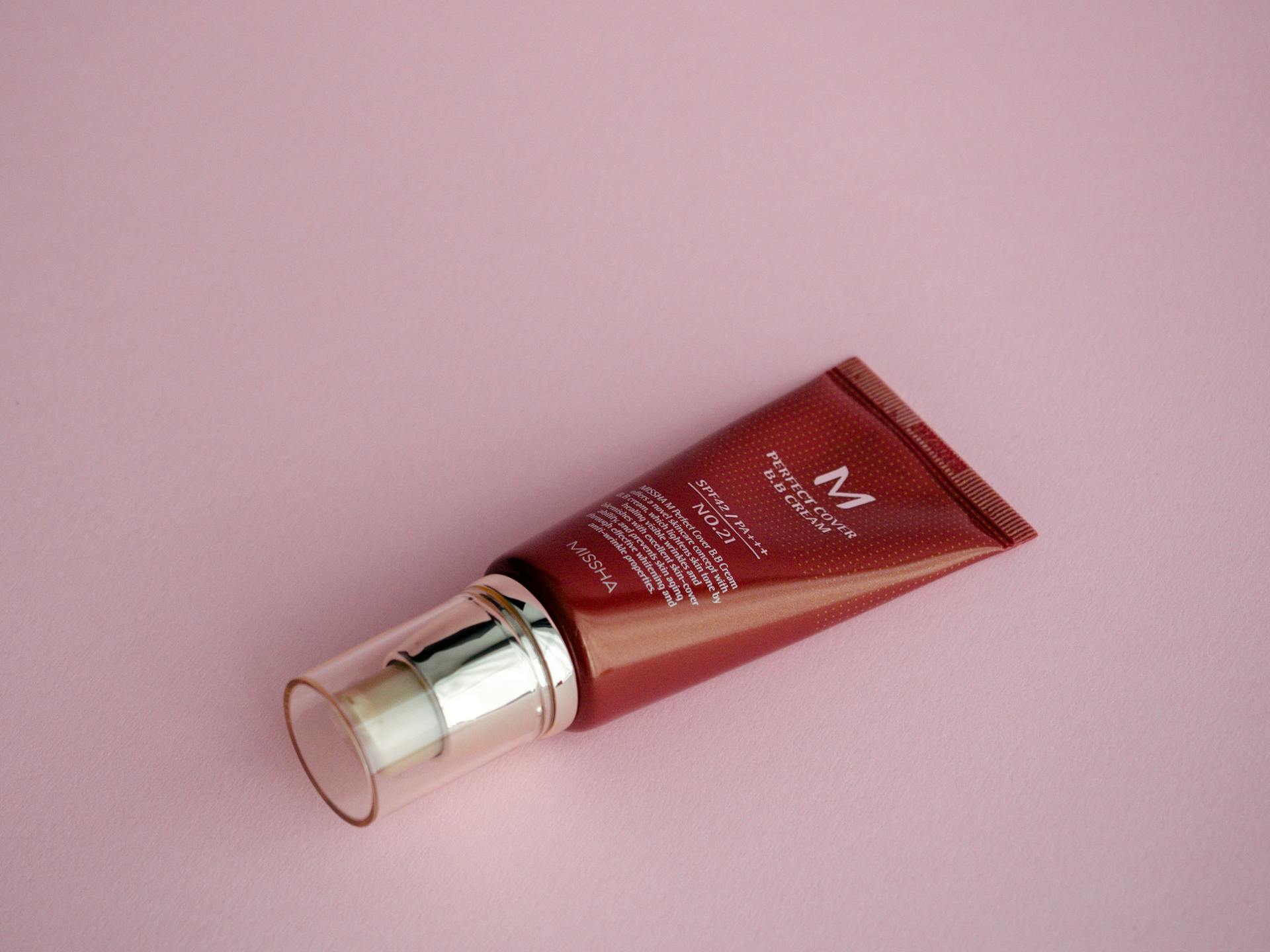
Foam tubing is a cylindrical packaging solution that provides a cushioned barrier against scratches during transit. It's easily cut to the desired length.
Foam tubing is designed for safeguarding lengthy and slim objects, such as pipes and metal rods. These items often have delicate surfaces that need protection during handling and transportation.
Foam tubing can protect items with longer dimensions than usual small, rectangular-shaped items. These items can be made of glass, steel, wood, or any scratch-prone materials.
Foam Packaging Applications
Foam packaging is a versatile solution that can be applied to various industries and products. It's essential for protecting sensitive medical equipment, which requires specialized packaging to maintain integrity and sterility.
Foam packaging provides various options for protecting manufactured goods in the supply chain, including foam sheets and inserts, as well as custom-molded foam tailored to specific dimensions and needs.
In the electronics industry, polyethylene and polyurethane foams are used to protect fragile parts during transit, ensuring electronic gadgets arrive unscathed and untouched by shocks or the elements. This is crucial for delicate electronics that require extra care during shipping.
Here are some key applications of foam packaging:
- Sensitive medical equipment
- Delicate electronics
- Manufactured goods
Electronics Industry

In the electronics industry, protecting fragile parts during transit is vital. Polyethylene and polyurethane foams are steadfast defenders, ensuring electronic gadgets sail through the journey unscathed, untouched by shocks or the elements.
Electronics require extra care during shipping, which is why our foam packaging provides shock absorption, cushioning, surface protection, and static reduction. This ensures electronics arrive safely and ready for immediate use.
Foam packaging for electronics can be customized to fit the specific dimensions and needs of different products. This means that businesses can adapt the packaging solution to their specific requirements and ensure proper product placement and insulation.
Here are some benefits of using foam packaging for electronics:
- Shock absorption and cushioning to prevent damage
- Surface protection to prevent scratching
- Static reduction to prevent damage from static electricity
By using the right foam packaging solution, businesses can ensure that their electronic products arrive safely and in optimal condition, ready for use.
Cold Chain Shipping
Cold Chain Shipping plays a crucial role in maintaining the integrity of temperature-sensitive products. This involves transporting perishable items such as pharmaceuticals, vaccines, and food products at a consistent refrigerated temperature.
Discover more: Pu Foam Products
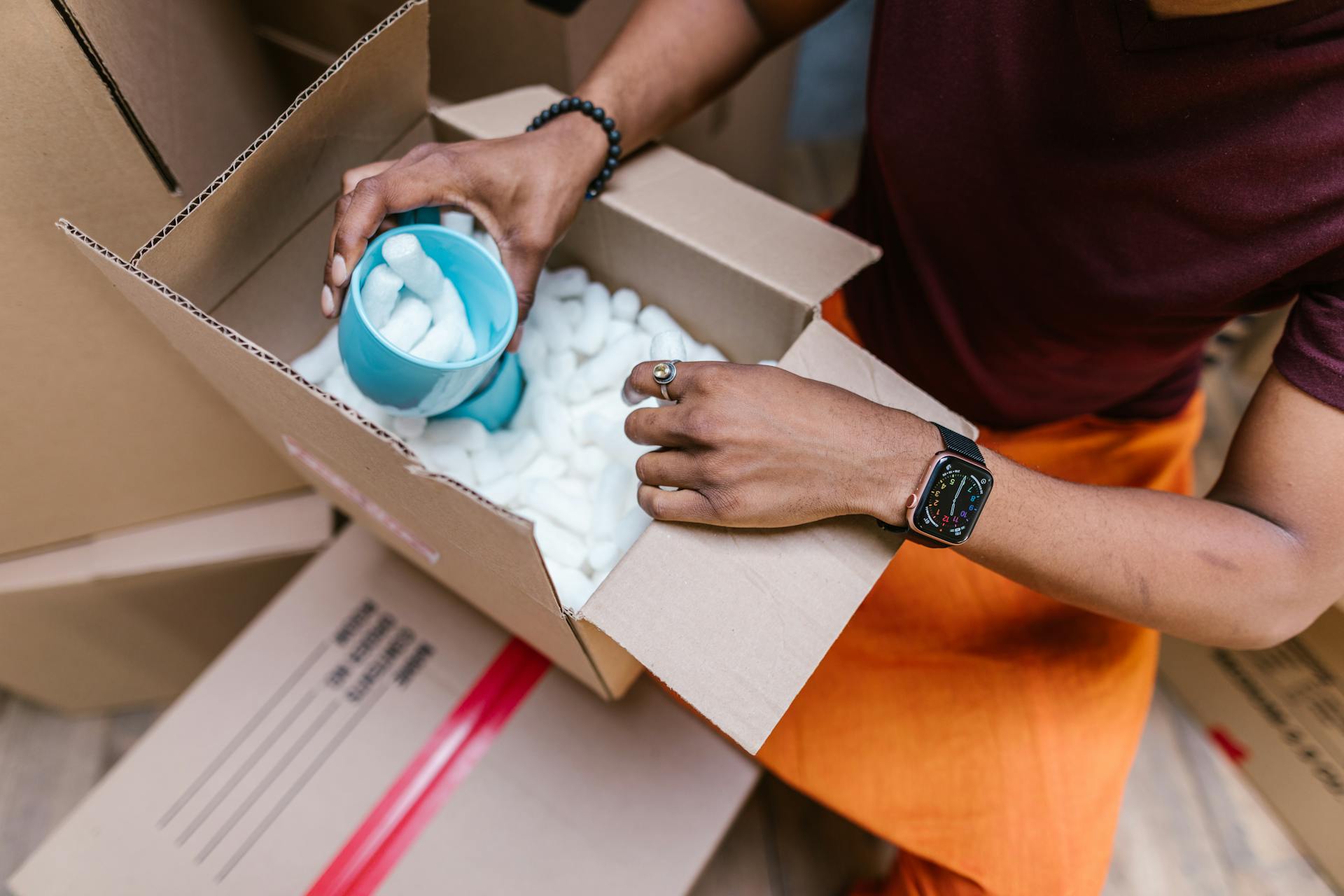
Foam packaging is often used in cold chain shipping to provide insulation and maintain a stable temperature. For example, foam inserts can be used to line shipping containers and keep products cool.
Temperature-sensitive products require precise temperature control to remain effective or safe. A temperature deviation of just 2-8°C can render some products useless.
Foam packaging can be designed to meet specific temperature requirements, such as maintaining a temperature range of 2-8°C. This is essential for shipping products like vaccines and pharmaceuticals.
Shipping containers with foam inserts can be used to transport a wide range of temperature-sensitive products. This includes food products like frozen meals and perishable goods like dairy products.
The use of foam packaging in cold chain shipping helps to reduce temperature fluctuations and maintain a stable environment. This is critical for ensuring the quality and safety of temperature-sensitive products.
See what others are reading: C Flute Corrugated Board
Foam Packaging Benefits
Foam packaging materials offer numerous benefits for protecting and preserving products during shipping and storage.
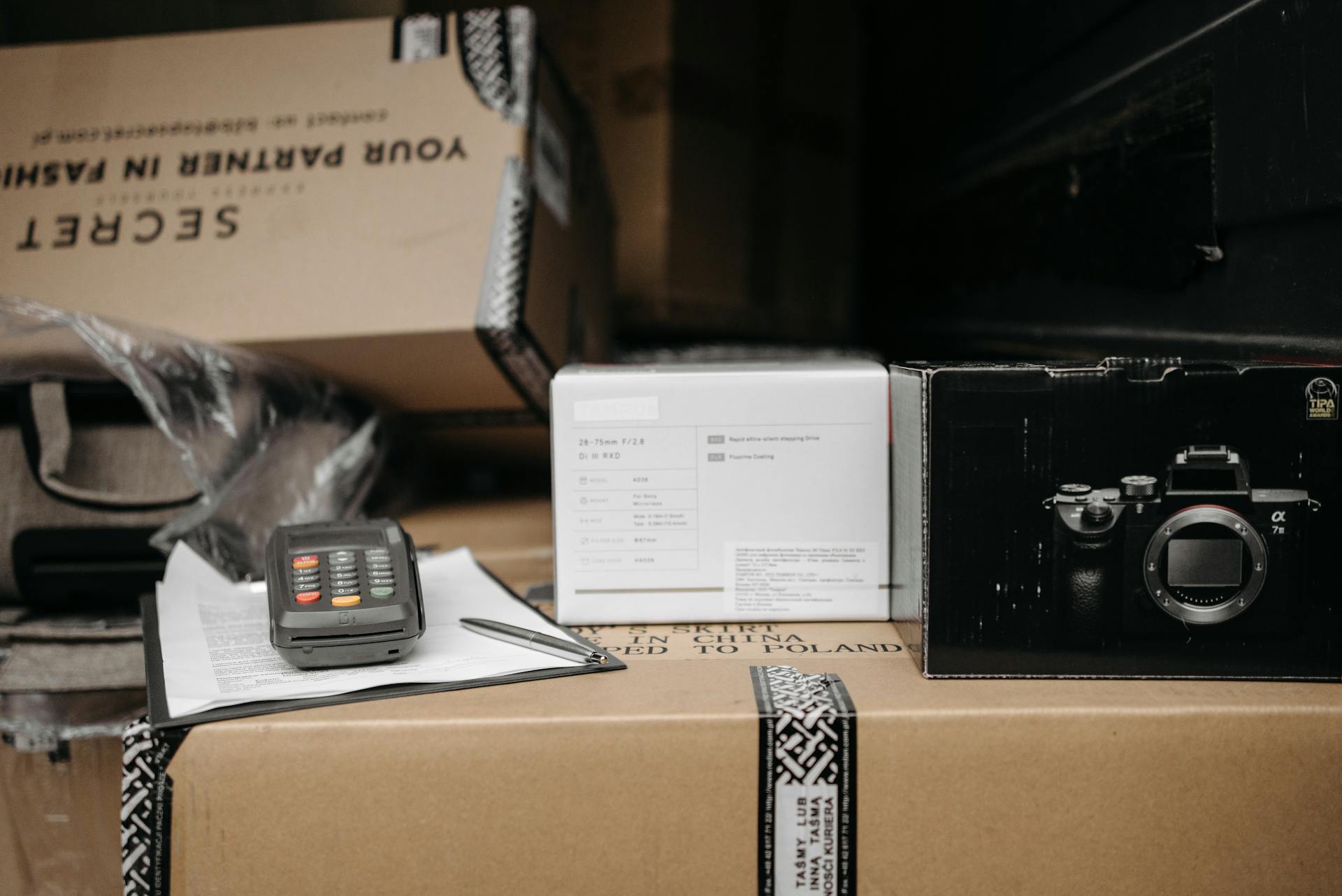
Using packaging foams in conjunction with ice packs provides enhanced insulation, temperature regulation, and product protection throughout the shipping process.
Packaging foams provide cushioning and shock absorption, protecting products from physical impact during shipping.
This protective environment minimizes the risk of damage caused by external forces, making it crucial for delicate or fragile items.
Packaging foams help ensure that items are taken out of the box in the same condition they were inserted, making them a reliable choice for packaging.
Foam Packaging Materials Selection
Sustainable foam materials have gained popularity, providing an eco-conscious substitute for conventional packaging. They aid in waste reduction, aligning with a more environmentally responsible packaging paradigm.
Foam packaging emerges as the frontrunner in shielding delicate items during transit, thanks to its essential capacity to furnish superb cushioning and protection. This ensures the safe arrival of fragile products at their destination.
The lightweight nature of foam packaging constitutes a game-changing factor in the shipping and logistics industry, trimming overall shipping costs and contributing to fuel efficiency during transportation.
Polyethylene
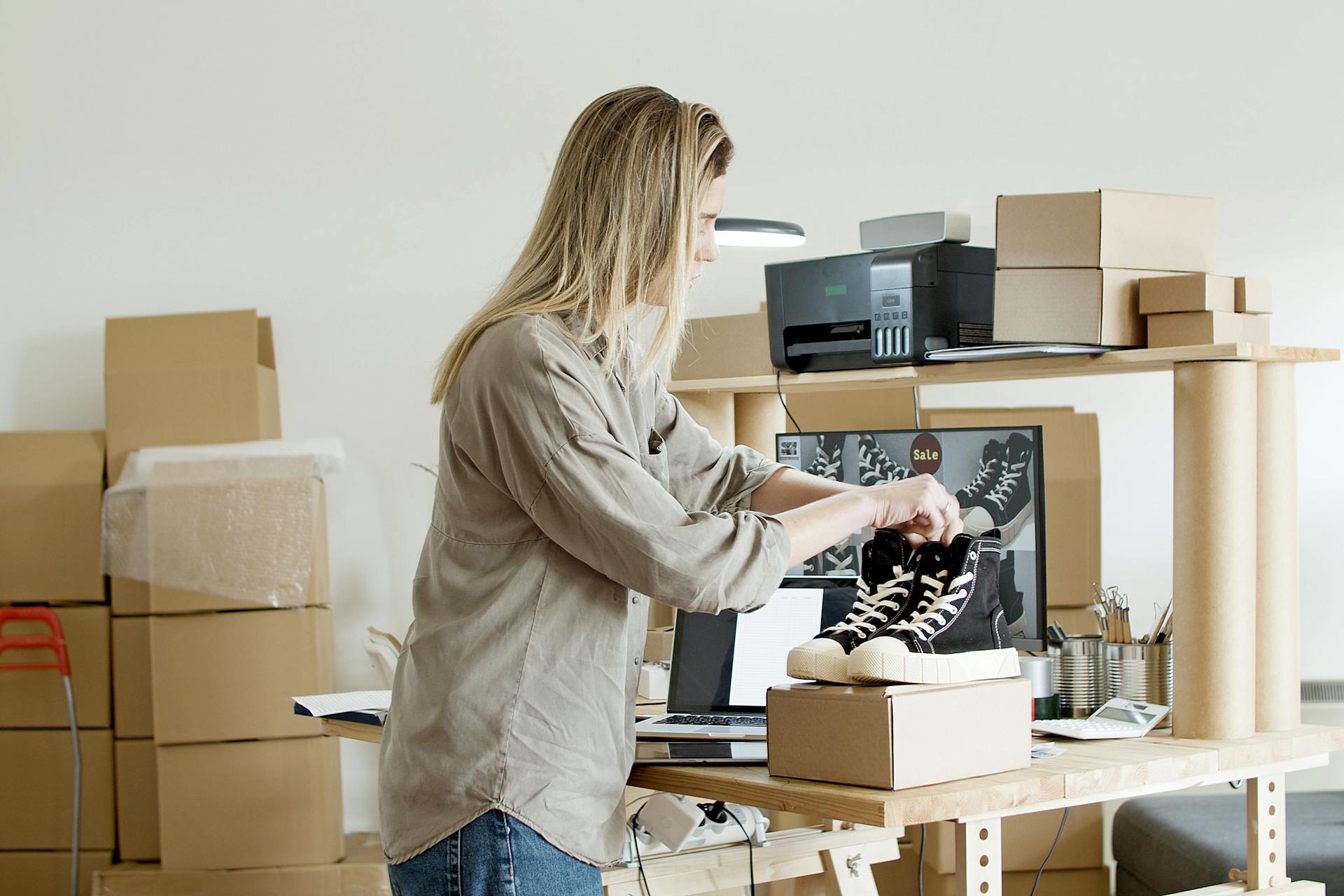
Polyethylene foam is a top choice for packaging delicate items due to its closed-cell design that absorbs shocks.
It's also incredibly lightweight, making it easy to transport and store.
Polyethylene foam resists moisture, chemicals, and UV rays, ensuring the integrity of packaged goods.
This is especially important for electronics packaging, where a single mistake can be costly.
Crosslinked polyethylene foam takes it to the next level with exceptional strength and chemical resilience.
This specialized foam is perfect for industrial and automotive components that require extra protection.
It's also used as insulation in HVAC systems, where its durability is put to the test.
Curious to learn more? Check out: High Density Polyethylene Film
Polyurethane
Polyurethane foam packaging excels in providing superior insulation and thermal stability, making it an ideal choice for cold chain shipping.
Its open-cell design promotes air circulation, preventing moisture accumulation, which is especially beneficial for packaging delicate instruments.
Polyurethane foam is widely employed in furniture packaging, protecting auto parts, and cushioning other items that require precise cushioning.
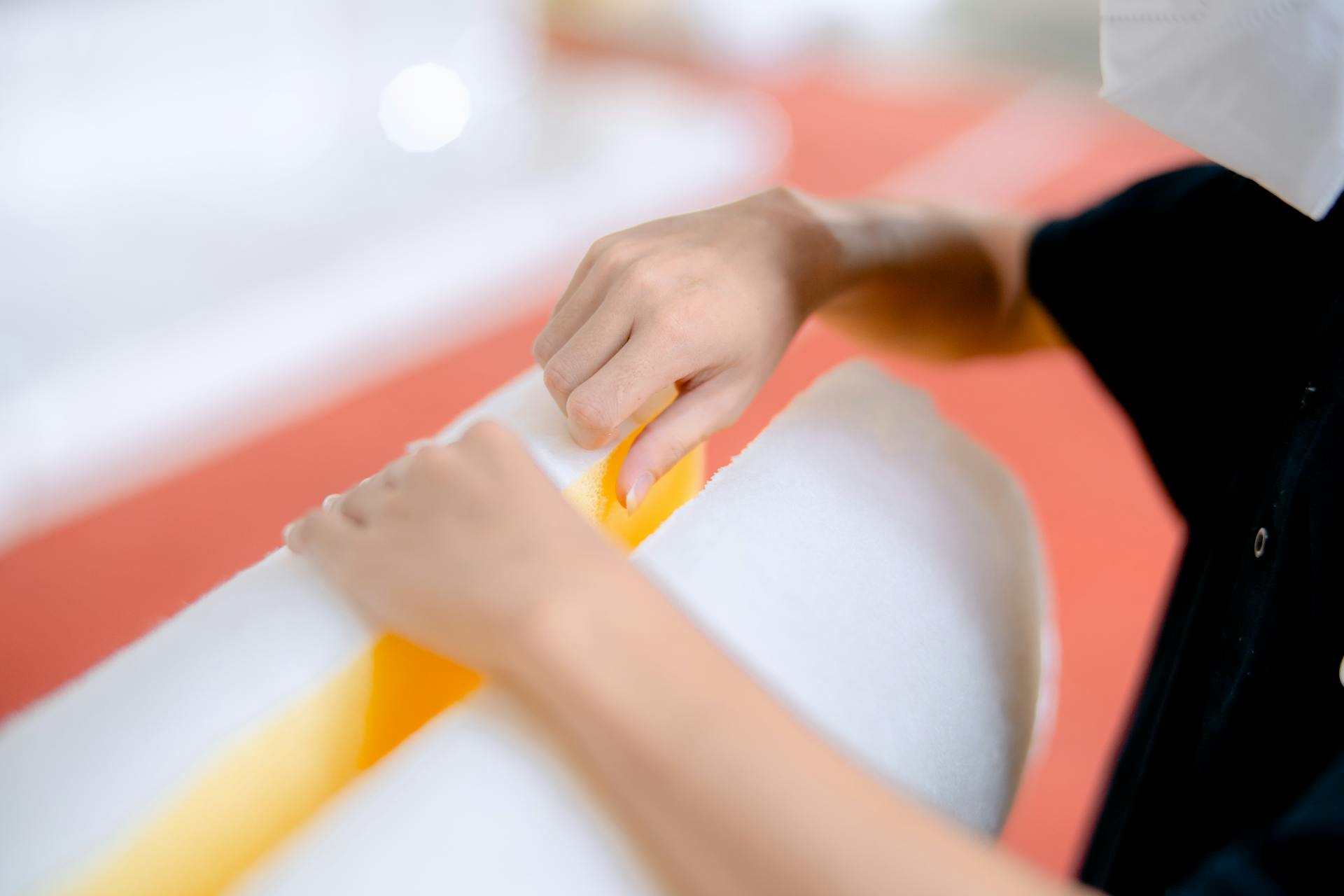
For shipping perishable goods, polyurethane foam packaging offers energy efficiency and is commonly used for packaging medical supplies, biologics, and other goods with specific temperature requirements.
Its remarkable resilience and durability make it a top choice for protecting delicate items, and its lightweight durability ensures a secure journey for fragile items.
Polypropylene
Polypropylene foam is a marvel of lightweight flexibility that excels in shock absorption and cushioning. Its resilience thrives in diverse conditions with unyielding moisture resistance.
Polypropylene foam is a versatile guardian for fragile items, glassware, and automotive components. It's a durable and lightweight foam packaging material that's commonly used for protective foam packaging.
Businesses focusing on sustainability can explore biodegradable and sustainable foam alternatives paired with the most sustainable gel packs to minimize environmental impact. Polypropylene foam is just one of the many options available for specific cold chain shipping needs.
Additional reading: Corrugated Polypropylene Board
Extended Temperature Stability
Extended Temperature Stability is crucial for shipping perishable items, such as food, pharmaceuticals, or biological samples, which require strict temperature control to preserve their quality, efficacy, and safety.

Polyurethane (PUR) Foam Packaging is an ideal choice for cold chain shipping due to its superior insulation and thermal stability, making it perfect for shipping medical supplies, biologics, and other perishable goods with specific temperature requirements.
Silicone Foam is also an excellent option for insulating products, offering remarkable heat and cold resistance, making it the top choice for packaging pharmaceuticals, food, and industrial gear.
The combination of packaging foams and ice packs extends the temperature stability of the package, allowing it to maintain a consistent and desired temperature range for the duration of the shipping process.
Packaging foams, such as PUR and Silicone Foam, work hand in hand with ice packs to reduce heat transfer and minimize temperature fluctuations inside the packaging, ensuring that products remain within the optimal temperature range.
Additional reading: Heat Shrink Wrapping Paper
Resources
There are many types of foam packaging materials available, each with its own unique characteristics and applications.
Polystyrene foam, also known as Styrofoam, is a popular choice for packaging due to its lightweight and cushioning properties.
Expanded polypropylene (EPP) foam is another option that offers excellent shock absorption and can be molded into complex shapes.
Polyethylene foam, also known as cross-linked foam, is a versatile material that can be used for packaging a wide range of products.
Foam-in-place packaging, which involves injecting foam into a mold or container, is a cost-effective and efficient way to package fragile items.
The choice of foam packaging material ultimately depends on the specific needs of the product being packaged.
Sheet
Foam sheet packaging is a popular choice for protecting fragile items during transit. It's easy to use and can be found in various thicknesses, typically ranging from ⅛ mm to 1mm.
One of the benefits of foam sheets is that they're pre-cut, making them convenient to use. enKo Products offers 12″ x 12″ packing foam wrap sheets pre-cut into 50 pieces with ⅛ mm thickness.
Foam sheets are ideal for interleaving dishes, glasswares, and Chinawares before putting them into a moving box. They can also be used for wrapping small fragile items or protecting the edges of furniture during a home move.
Here are some key features of foam sheets:
Overall, foam sheets are a practical and cost-effective solution for protecting delicate items during transit.
Liners

Liners are a type of foam packaging that provide effective cushioning within packaging, balancing protection and space efficiency.
Foam liners come in different forms, such as Egg Crate Foam, which has raised formations that allow it to dampen vibrations. This type of foam is remarkably durable and recyclable, making it a great option for lining boxes and cartons.
You can use foam liners for a variety of applications, including pharmaceuticals, cosmetics, and food packaging. They prevent product movement and safeguard against transit damage.
Foam liners are also suitable for lining boxes and cartons, providing efficient protection from bumps and knocks. They're a great option for products that need to be protected during shipping.
Some examples of where foam liners are used include aquariums, where they're used as filter foams.
Consider reading: Kraft Paper Soap Boxes
Foam Packaging Solutions
Foam packaging solutions are designed to provide protection for various types of products during shipping and storage. This is especially important for sensitive medical equipment, which requires specialized packaging to maintain integrity and sterility.
Foam packaging provides various options for protecting manufactured goods in the supply chain, from foam sheets and inserts to custom-molded foam. These solutions are tailored to fit the specific dimensions and needs of different products.
Some common types of foam packaging include polyethylene and polyurethane foams, which are often used to protect fragile parts during transit. These foams are lightweight and adaptable, making them suitable for a range of industries.
Here are some examples of industries that benefit from foam packaging solutions:
- Electronics: Protects fragile parts during transit with polyethylene and polyurethane foams.
- Medical Equipment: Provides specialized packaging to maintain integrity and sterility.
- E-commerce and Retail: Offers various options for protecting manufactured goods in the supply chain.
Selecting Solutions for Cold Chain Shipping Needs
Sensitive medical equipment requires specialized packaging to maintain integrity and sterility, making it crucial to assess specific product requirements when shipping temperature-sensitive products.
Consider the temperature range, shipping duration, and any special handling or regulatory requirements to ensure optimal packaging foam for shipping temperature-sensitive products.
Collaborating with packaging experts and suppliers experienced in cold chain logistics can provide valuable insights and support in selecting the most suitable packing foam material for your business.

To ensure products arrive safely, foam packaging provides shock absorption, cushioning, surface protection, and static reduction for delicate electronics, and protection against impact, moisture, and temperature changes for sensitive medical equipment.
Here are some options to consider:
By choosing the right foam packaging solution, you can ensure your products arrive safely and ready for immediate use, whether it's medical equipment, delicate electronics, or manufactured goods.
Solutions for Industries
Foam packaging solutions are designed to meet the unique needs of various industries. Sensitive medical equipment requires specialized packaging to maintain integrity and sterility, which foam packaging provides by protecting against impact, moisture, and temperature changes.
In the electronics industry, protecting fragile parts during transit is crucial. Polyethylene and polyurethane foams are used to ensure electronic gadgets arrive safely and untouched by shocks or the elements.
Foam packaging provides various options for protecting manufactured goods in the supply chain. From foam sheets and inserts to custom-molded foam, these solutions are tailored to fit the specific dimensions and needs of different products.
Delicate electronics require extra care during shipping, which foam packaging provides by offering shock absorption, cushioning, surface protection, and static reduction. This ensures electronics arrive safely and ready for immediate use.
Here are some of the industries that benefit from foam packaging solutions:
- Electronics
- Medical Equipment
- E-commerce
- Retail
Foam Packaging Products
Foam packaging products are designed to provide protection and cushioning for items during shipping and transit. They come in various forms, including foam wrap rolls and foam blocks.
Foam wrap rolls are continuous sheets of foam that can be cut into any size and shape. They're perfect for providing padding for large items that require protection against scratches and abrasions. You can use them to wrap instruments, electronic equipment, and table-top appliances.
Foam blocks are rigid chunks of foam that come in handy for protecting items that need to be secured and braced. They're made from closed-cell polyethylene foam and are free of CFCs and HFCs. Foam blocks can be cut to your desired shape and size for specific items.
Here are some key features of foam packaging products:
- Available in various sizes, including 600mm x 600mm and 300mm x 200mm
- Can be cut to your desired shape and size
- Made from eco-friendly resin with a flexible, lightweight, and soft texture
- Free of CFCs and HFCs
Foam packaging products are a must-have for anyone who needs to ship fragile or delicate items. They provide a protective environment that minimizes the risk of damage caused by external forces.
Wrap Rolls
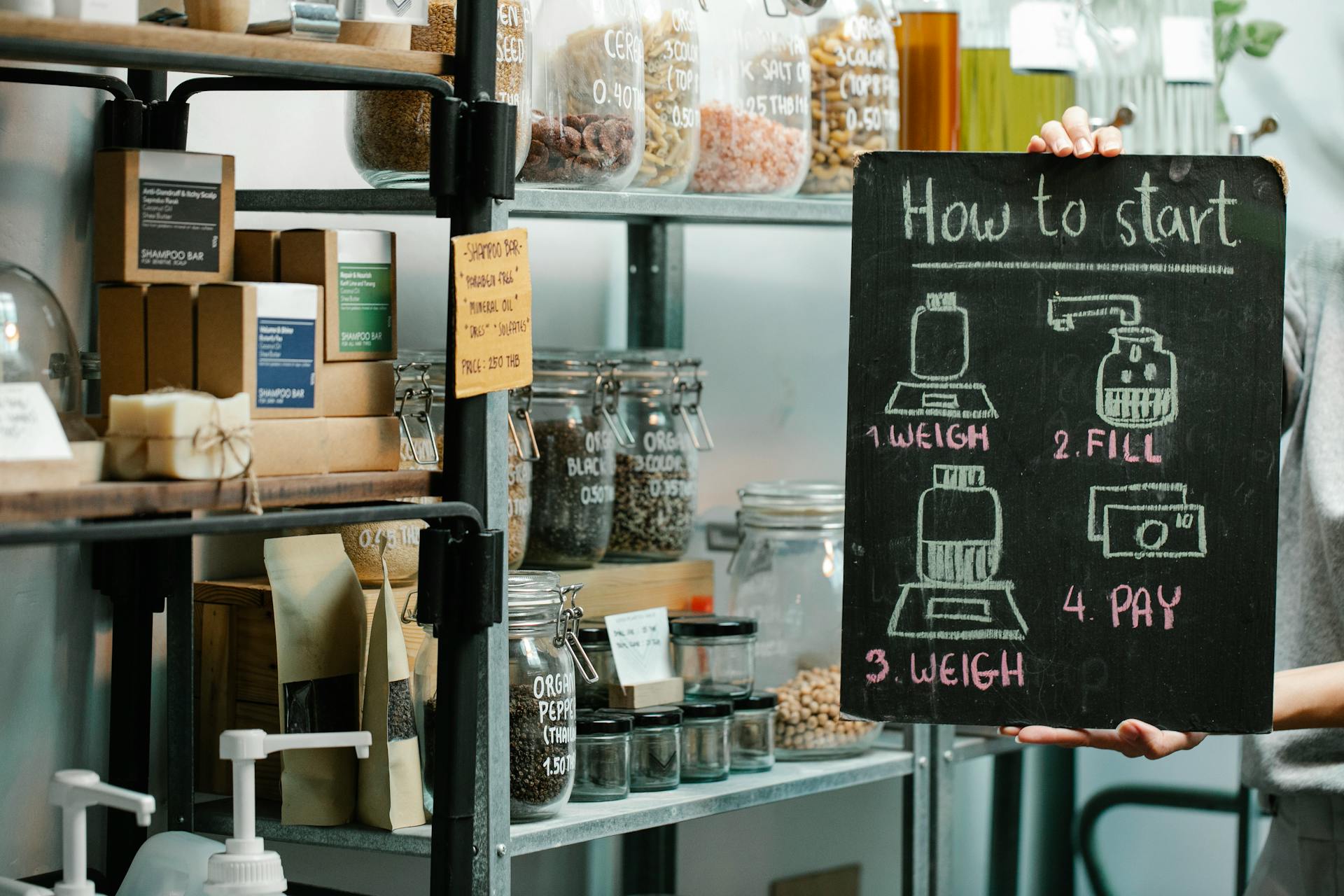
Foam wrap rolls are a great solution for providing padding for large items that require protection against scratches and abrasions during transit. They can be used to pack instruments, electronic equipment, table-top appliances, and many more.
These rolls can be cut into any size and shape, making them perfect for wrapping items according to the dimensions you need them to be. They're also great for filling voids and using them as dividers to keep items from breaking during a house move.
Foam wrap rolls are made up of eco-friendly resin with a flexible, lightweight, and soft texture padding roll. They can fit perfectly on dispensers and can be ripped off easily at every 12″ perforation.
This type of foam packaging is also great for wrapping delicate surfaces, ensuring a scratch-free journey through transit. They're perfect for wrapping glassware, among other fragile items.
On a similar theme: Pvc Shrink Film Rolls
Pouch
Foam pouches are a convenient solution for protecting fragile items during shipping or house moves. They form into a bag, making it easy to put items inside and seal them, eliminating the need to cut, shape, or roll the foam around the item.
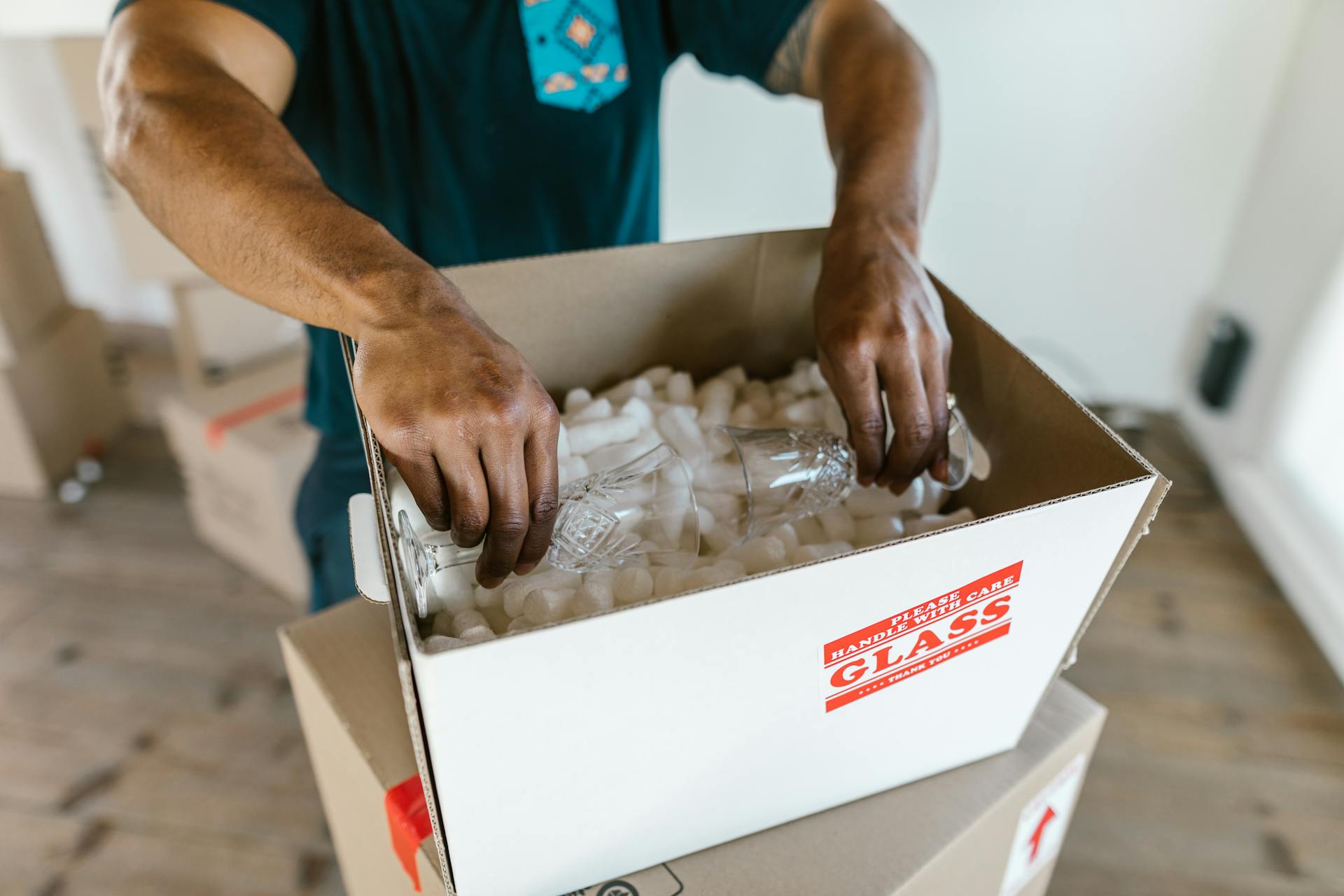
These pouches are ideal for providing surface area protection, and they're great for store owners looking for lightweight packaging solutions. They're also reusable without compromising protection.
Foam pouches are excellent at absorbing shocks and guarding against vibrations and impacts. They're favored for packaging small electronics, delicate components, and precision instruments.
They're easy to use and adaptable to various shapes, making them a great option for securing sensitive items.
For more insights, see: Foam Packing Pouches
Blocks
Blocks are a great addition to your foam packaging arsenal. They come in handy for protecting items that need to be secured and braced.
Foam blocks are available in various sizes, including 600mm x 600mm for larger items like furniture and 300mm x 200mm for smaller items that require more precise protection.
You can cut foam blocks to your desired shape and size for specific items, making them a versatile tool for packaging.
Foam blocks are comprised of closed-cell polyethylene foam and are free of CFCs and HFCs, making them a safe choice for protecting your goods.
Here are some common sizes of foam blocks:
- 600mm x 600mm
- 300mm x 200mm
Foam blocks are durable and impact-resistant, acting as corner guards and structural elements in packaging to prevent shifts and damage.
Foam Packaging Grids
Foam packaging grids are a great way to add extra security and protection to your items. They come in a variety of sizes and thicknesses, making them suitable for a range of products.
One of the benefits of foam packaging grids is their ability to be easily maneuvered to fit around the object. This makes them perfect for objects that are difficult to pack and store, such as vases or sculptures with many edges.
Pick and pull grid foam is a popular choice for creating a snug fit for specialized items. It's available in both charcoal and pink anti-static foam, and can be easily separated on your own.
Customizable through cube removal, pick and pull grid foam ensures a tailored fit for diverse items. This makes it commonly used in tool cases, camera packaging, and delicate machinery transport.
Pick and pull grid foams are available in 1/2 inch grid or 1-inch grid formations, giving you flexibility in how you pack your items.
Advantages
Foam packaging offers superior damage protection, minimizing product movement and reducing the risk of breakage.
Fabricated and expanding foams provide high-performance cushioning, safeguarding products throughout the manufacturing and shipping process.
Custom foam packaging solutions can be developed to fit products of all shapes and sizes, ensuring a snug fit that maximizes protection.
Lightweight foam packaging results in a smaller shipping footprint and lower shipping costs.
Instapak foam packaging can be returned to a number of locations worldwide, where the foam is diverted from landfills and efficiently transported to local waste-to-energy facilities.
Frequently Asked Questions
What is Styrofoam packaging called?
Expanded polystyrene (EPS) is commonly referred to as Styrofoam packaging, known for its lightweight and shock-absorbing properties.
Sources
- https://www.foambymail.com/packaging-foam.html
- https://www.sealedair.com/products/by-material-type/foams
- https://www.enkoproducts.com/articles/what-are-the-different-types-of-foam-packaging/
- https://www.arka.com/pages/types-of-packaging-foam
- https://www.peltonshepherd.com/resources/industry-updates/foam-packaging-types/
Featured Images: pexels.com
